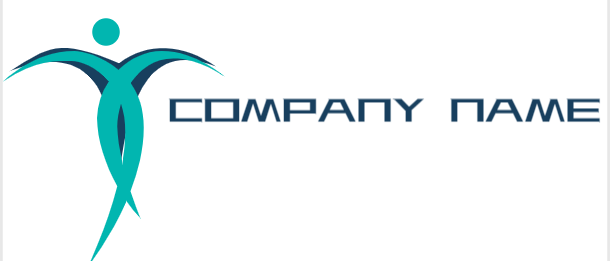Introduction
Welcome to our comprehensive guide to rehabilitation and recovery! Whether you’re recovering from an injury, surgery, or dealing with a chronic condition, understanding the process of rehabilitation is crucial for a successful recovery. In this guide, we will explore the various aspects of rehabilitation, including its benefits, different types of therapies, and tips for a smooth recovery.
The Benefits of Rehabilitation
Rehabilitation plays a vital role in helping individuals regain their physical, mental, and emotional well-being. Here are some key benefits of undergoing rehabilitation:
- Restoring Function: Rehabilitation helps restore lost or impaired physical function, allowing individuals to regain their independence and perform daily activities.
- Pain Management: Through various therapies and exercises, rehabilitation helps manage and reduce pain, improving overall quality of life.
- Preventing Further Injury: Rehabilitation not only focuses on recovery but also on preventing future injuries by strengthening muscles, improving flexibility, and correcting posture.
- Enhancing Mental Health: Rehabilitation addresses the emotional and psychological aspects of recovery, promoting a positive mindset and reducing stress and anxiety.
- Improving Overall Wellness: By addressing physical, mental, and emotional well-being, rehabilitation helps individuals achieve overall wellness and a better quality of life.
Types of Rehabilitation Therapies
Rehabilitation therapies are tailored to meet the specific needs of each individual. Here are some common types of therapies used in the rehabilitation process:
Physical Therapy
Physical therapy focuses on restoring physical function and mobility. It involves exercises, stretches, and manual techniques to improve strength, flexibility, and range of motion. Physical therapists also educate individuals on proper body mechanics and provide strategies for pain management.
Occupational Therapy
Occupational therapy aims to help individuals regain independence in their daily activities. Occupational therapists work on improving fine motor skills, coordination, and cognitive abilities. They may also provide assistive devices and modifications to the environment to facilitate functional independence.
Speech Therapy
Speech therapy is designed to help individuals with speech, language, and swallowing difficulties. Speech therapists use various techniques and exercises to improve communication skills, articulation, and swallowing function.
Psychological Therapy
Psychological therapy focuses on addressing the emotional and psychological aspects of recovery. Therapists provide counseling and support to help individuals cope with the challenges of rehabilitation, manage stress, and develop positive coping strategies.
Tips for a Smooth Recovery
While rehabilitation is guided by professionals, there are things you can do to enhance your recovery process. Here are some tips for a smooth rehabilitation journey:
- Follow your treatment plan: It’s essential to follow the instructions and recommendations of your rehabilitation team. Consistency and commitment to your treatment plan will yield better results.
- Communicate openly: Share any concerns or difficulties you may be experiencing with your rehabilitation team. Effective communication helps them tailor the treatment to your specific needs.
- Take care of yourself: Prioritize self-care by getting enough rest, eating a healthy diet, and staying hydrated. Taking care of your overall well-being will support your recovery.
- Set realistic goals: Break down your recovery journey into achievable goals. Celebrate each milestone, no matter how small, as it will keep you motivated and positive.
- Seek support: Reach out to friends, family, or support groups who can provide encouragement and understanding throughout your rehabilitation process.
Conclusion
Rehabilitation is a comprehensive process that focuses on restoring physical function, managing pain, and promoting overall well-being. By understanding the benefits of rehabilitation, familiarizing yourself with different types of therapies, and following the tips for a smooth recovery, you can optimize your rehabilitation journey and achieve a successful recovery. Remember, rehabilitation is not just about healing the body; it’s about nurturing the mind and spirit as well.

